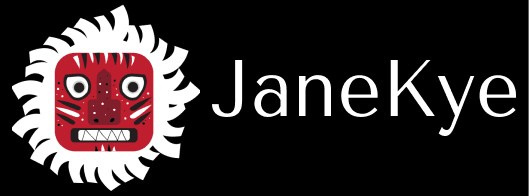Industry
Insurtech
Roles
Category
Competitive Analysis
Competitors: RUKS Mueseum, The British Museum, Spotify
Takeaway: Opportunities
Personalization of information and data
Long-term usage: Using the app before, during and after a museum visit
User Interviews
02 Synthesis
Affinity Mapping
Takeaway:
Pain Points
Time & budget constraints
Getting lost in the museum
Not being able to know what to expect before arriving to a museum
Hard time understanding museum layout during the first visit
Not having enough information on a piece/artist/ having a hard time with information plaques
Having to use separate app to “bookmark” pieces and take notes for after-visit research/learning
Common Themes
Art as a reflection of history and culture
Museums as a safe and quiet space for introspection
Self-sufficiency
Knowing what they want to see but also being open to discovering something new/unexpected
Opportunities
Personalization of information and data
Filtering large amount of information (all pieces available in the collection) to fit preferences
Bookmarking/favorites section with further information and ability to take notes and revisit a piece after leaving the museum
Personas
03 Product Definition
Project Goals
Takeaways:
Good organization of information for an easy visit experience (pre-planning to after leaving the museum)
Increase in pride of the city of Philadelphia
Facilitating sense of culture and community
Problem Statements
Choosing a Feature
I decided to go with the "For You" feature as it addressed almost all the Problem Statements. In later iterations, this feature will be re-named to "My Collections"
04 Architecture
User & Task Flows
Low-Fidelity Wireframes & Testing
Results:
Some users anticipated searching the museum collection first and then creating a collection
Users found suggestions pop-up to be helpful
3/5 users want the images to be larger than the text as they often will remember the piece by what it looks like rather than by title and artist
Users understood that you need to save a min. of 3 pieces to a collection to generate a route
Usability Testing & Results
Key Takeaways:
All testers found the feature easy to use
All testers understood that they could generate a route if they save 3+ art pieces in a collection
All testers found the new feature useful and desirable: could be used for educational purposes, planning a trip, hosting visitors and/or for reference
Searching the Museum Collection & Creating Your Own Collection
Adding Notes to a Saved Art Piece
Final Product
Next Steps
During my prototype testing, all testers showed interest in the "Map a Route" feature. My next steps would be to develop this feature, giving users to customize a route in the museum based off of their created collection (after saving up to three art pieces in a collection)

















